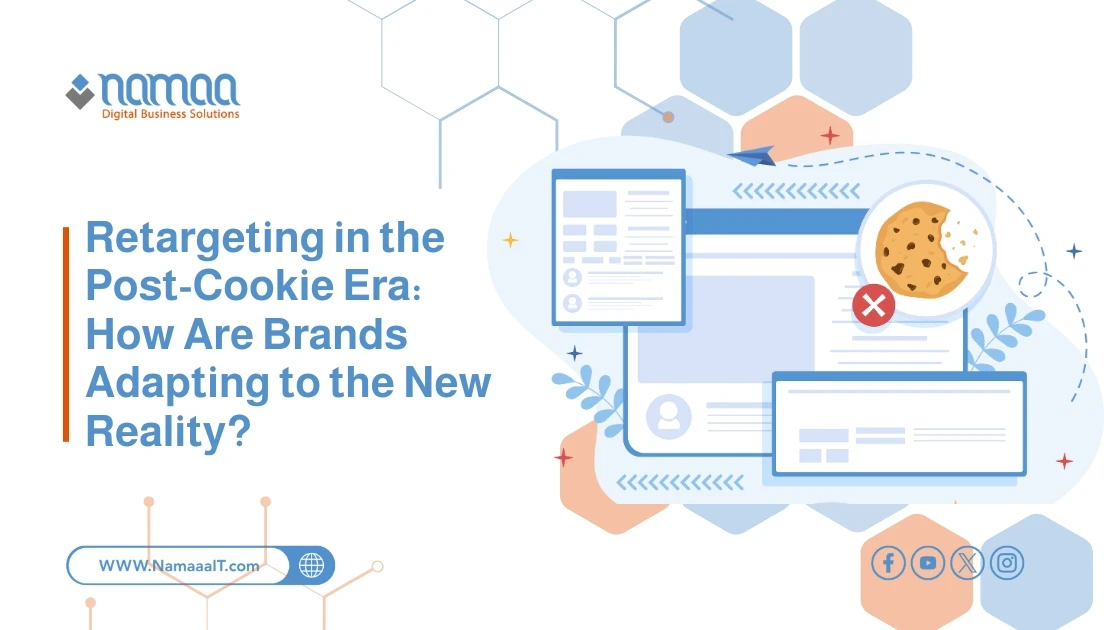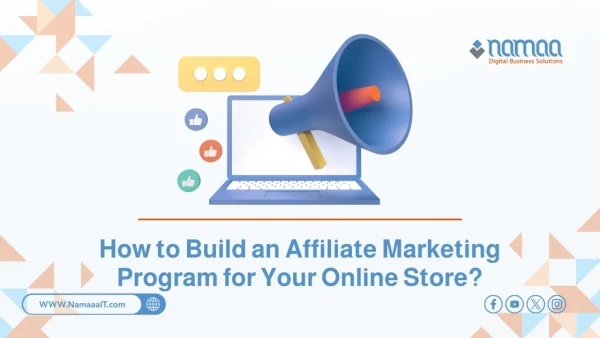Retargeting without cookies is no longer a futuristic concept; it has become a pressing reality for brands today. With major browsers like Chrome and Safari moving to block third-party cookies, the landscape of digital advertising is undergoing a radical transformation. What was once an effective tool for tracking user behavior and personalizing ads has now become a challenge that necessitates new solutions. In this article, we explain how brands can rebuild their marketing strategies to keep pace with this shift without sacrificing campaign effectiveness or targeting precision.
What Is Cookieless Retargeting, and Why Is This Shift Necessary Now?
Cookieless retargeting refers to the use of alternative methods to identify and track users for the purpose of displaying personalized ads, without relying on third-party cookies. Traditionally, cookies were used to store information about user behavior across different websites, allowing advertisers to follow visitors after they left the original site and re-display personalized ads elsewhere. However, with growing awareness of privacy issues and changes in protection policies such as the General Data Protection Regulation (GDPR) in Europe and the California Consumer Privacy Act (CCPA), major browsers like Safari and Firefox, and later Google Chrome, have begun blocking third-party cookies.
This shift is not optional. By 2025, most traditional tracking capabilities that rely on cookies will disappear, forcing marketers to rethink how they target customers and personalize content. Therefore, it has become essential to adopt alternative methods based on first-party data collected directly by the website itself, or techniques like contextual targeting, which focuses on the content of the page rather than the user's identity.
The move toward cookieless retargeting represents an opportunity to establish a more transparent and sustainable relationship between brands and customers. Instead of digital stalking, brands will rely on values, targeted content, and trust-based interaction. This aligns with market trends and pushes companies to build marketing experiences that respect privacy and foster loyalty more effectively and intelligently.
Tools and Technologies to Implement Cookieless Retargeting
With the absence of third-party cookies, new tools and technologies have emerged to help brands execute effective retargeting campaigns without sacrificing accuracy or results. A key pillar in this field is the reliance on first-party data, which is collected directly from the user through the website or application. Tools such as:
Google Analytics 4 (GA4) allows tracking user behavior within the site in a privacy-respecting manner, using aggregated data to analyze patterns without identifying the user.
Another important tool is CustomerLabs CDP, which enables the collection and activation of data from multiple sources within a single system, without the need for third-party cookies. This tool focuses on first-party data and visitor behaviors, allowing for the customization of messages and offers based on user interaction within the site itself.
Additionally, Google Tag Manager (GTM) can be utilized to collect and track events and conversions flexibly without relying on external cookies. When this data is integrated with advertising platforms like Google Ads or Meta Ads, targeted audiences can be built based on real interactions within the site.
Another important aspect is contextual targeting, which can be implemented using tools like GumGum or Peer39, which analyze the content of the page where the ad appears and display it in a context that aligns with the user's immediate interests instead of relying on their past data.
These combined tools demonstrate that the absence of cookies does not signify the end of effective advertising but rather the beginning of a new phase where campaigns are managed more intelligently, based on real behavior rather than random tracking.
read more: Google Shopping Ads vs. Meta vs. TikTok: Which Achieves the Best Conversion Rate in 2025?
Challenges of Cookieless Retargeting and How to Overcome Them
Retargeting without the use of cookies presents a set of complex challenges that require strategic and technical solutions. One challenge is the difficulty of tracking users across different devices. When a person uses their phone to browse a product and then completes the purchase from a computer, it becomes challenging for marketers to link the complete behavior to a single user without cookies. To overcome this, unified identifiers (such as email addresses or phone numbers) can be used, collected with the user's permission during registration or purchase, allowing for legal and secure user identification.
Another challenge is the scarcity of available data, especially for websites that do not receive a large number of visits or lack a strong database. In this case, companies should invest in improving the user experience to collect valuable first-party data, such as newsletter subscriptions or account creation. Using engaging and interactive content encourages visitors to voluntarily provide their information.
Additionally, compliance with laws and regulations is a challenge in itself. Handling user data requires a high level of transparency and clarity, and providing real control tools for users (such as the ability to unsubscribe or modify privacy preferences). Using Consent Management Platforms (CMPs) like OneTrust or Cookiebot is a fundamental step to ensure full compliance.
Finally, the lack of technical expertise poses a barrier for many small and medium-sized companies. Therefore, it is essential to invest in training or seek assistance from specialized external companies to effectively implement alternative solutions. The bottom line is that challenges exist, but they are not insurmountable, and the earlier brands start moving, the greater and faster their chances of success.
Effective Strategies for Retargeting in a Cookieless Environment
With the disappearance of third-party cookies, brands are in dire need of redesigning their targeting strategies. It is no longer possible to rely on covert tracking of user behavior across websites, making the focus on first-party data the most important and safest option. This data is collected directly from customers through their interaction with the website or application, such as purchases, browsing, or newsletter subscriptions. Using this data, brands can build accurate customer profiles, allowing for personalized and more effective retargeting.
1. Contextual Targeting
One proven strategy is contextual targeting, which relies on the actual content the user is currently viewing rather than their past history. For example, if a user is reading an article about travel, an ad for a travel bag or a trip offer can be displayed. This type of advertising is highly relevant to the current moment, increasing the likelihood of interaction without the need to store any user data.
2. Utilizing Custom Lists from Existing Customers
Another effective strategy is relying on custom lists from existing customers, such as email addresses or phone numbers. These lists can be uploaded to advertising platforms like Meta and Google, which in turn match this data with their users and display ads to matching individuals without revealing their identities. This method is highly effective, especially when used in campaigns to re-engage customers who did not complete purchases or abandoned their shopping carts.
3. Login Systems
Brands can also benefit from login systems to collect user identifiers directly and securely. When a customer logs in using an email or Google/Facebook account, their activity can be linked across sessions and devices, restoring the tracking accuracy that cookies used to provide, but in a more transparent and explicitly consented manner.
4. Email Marketing
Email marketing cannot be overlooked as a powerful tool for retargeting. By analyzing user interactions with messages, customized campaigns can be designed to remind them of products they viewed or offers that may interest them. When this strategy is combined with automation tools like Mailchimp or Klaviyo, smart messages can be sent at the right time based on user behavior.
5. Using Artificial Intelligence (AI) and Machine Learning
Finally, an emerging strategy is the use of artificial intelligence (AI) and machine learning to analyze behavioral data within the site itself. Instead of tracking the user across multiple sites, the way they interact with product pages, offers, and purchase buttons can be analyzed, and then personalized recommendations or dynamic offers can be presented within the site itself in the next session.
In short, although the end of cookies presents clear challenges, alternatives exist and are evolving. Companies that adopt these strategies and invest in building a direct relationship with their customers will be in a stronger position, not only to survive but to innovate and excel in a marketing environment that respects privacy.
Frequently Asked Questions
1. Can cookieless retargeting work in advertising campaigns through apps?
Yes, apps often rely on device identifiers (IDFA and GAID) instead of cookies, and retargeting can be implemented based on user behavior within the app.
2. What is the difference between first-party data and second-party data?
First-party data is collected directly from the user, while second-party data is shared by a trusted partner, such as a marketing platform or media entity.
3. Does cookieless retargeting affect ad costs?
Yes, costs are often higher initially due to the lack of available data, but in the long term, it leads to more accurate campaigns and better return on investment.
4. How do privacy laws like GDPR affect retargeting?
These laws require explicit user consent to collect data, and the strategy must be built on transparency and full compliance.
5. What role do predictive models play in compensating for the absence of cookies?
Predictive models help analyze user behavior within the site and anticipate their future intentions, enabling precise targeting without the need for external tracking.
Summary
✅ More than 80% of marketers have begun implementing cookieless retargeting solutions in preparation for the disappearance of traditional tracking by 2025.
✅ Relying on first-party data achieves up to a 29% improvement in engagement rates compared to third-party cookies.
✅ Contextual targeting has increased click-through rates (CTR) by 2.5 times in some industries, according to recent reports.
✅ Companies using email marketing for retargeting have recorded a 20–40% higher conversion rate compared to traditional channels.
✅ AI tools and behavioral analytics have helped reduce customer acquisition costs (CAC) by up to 32% in some campaigns.




.webp)
.webp)


